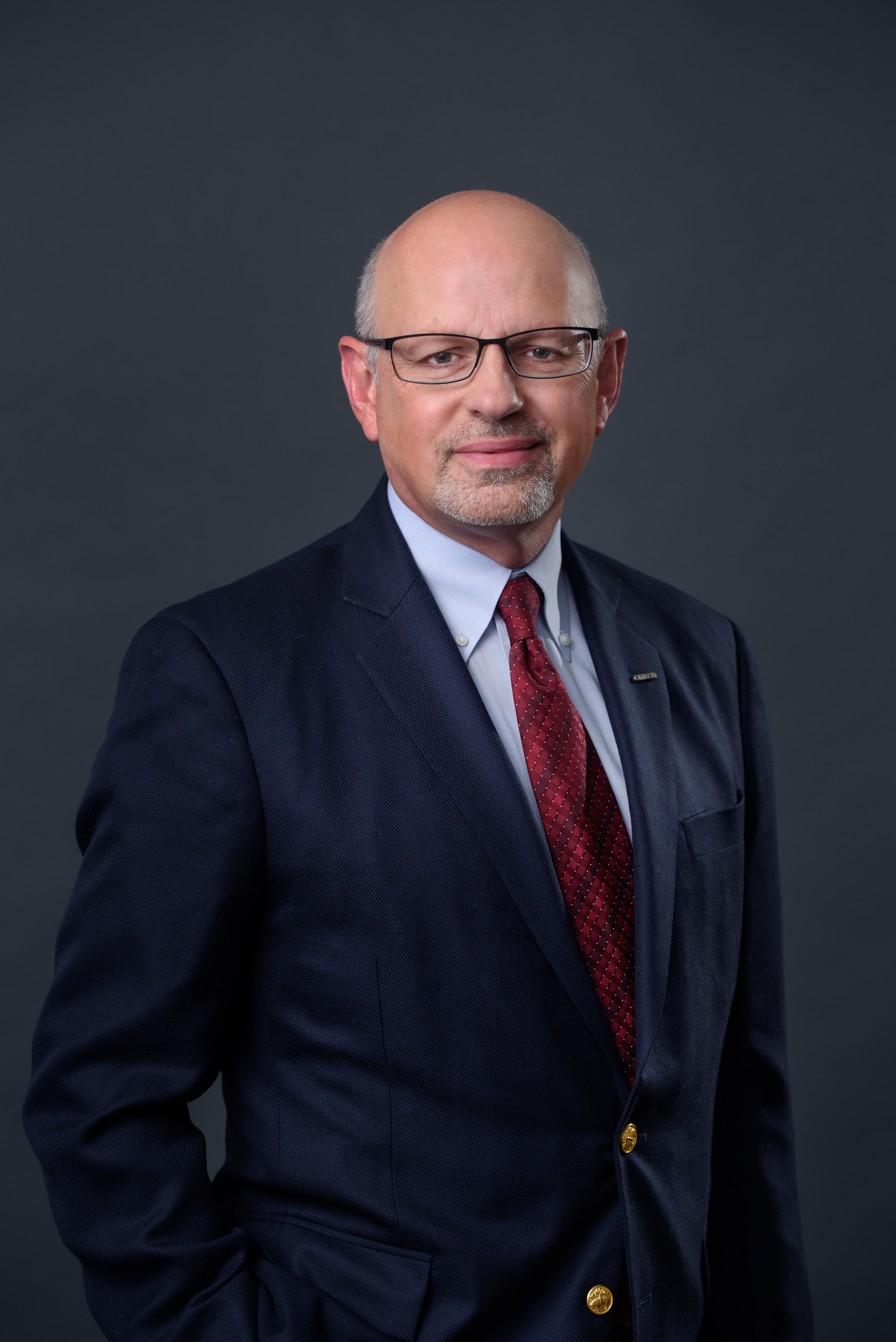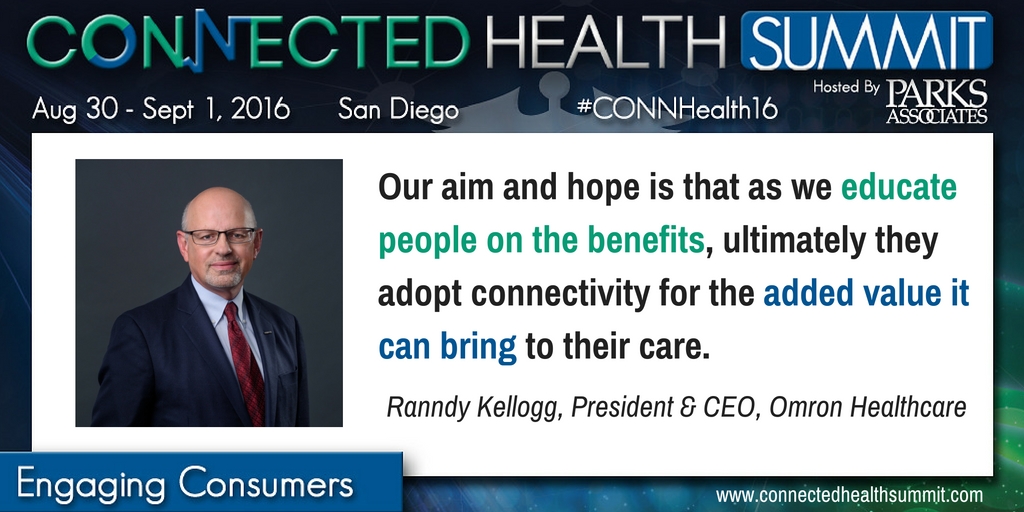 Prior to the Connected Health Summit in San Diego, we had the opportunity to interview Ranndy Kellogg, President & CEO of Omron Healthcare, about his perspective on the future of connected health technology:
Prior to the Connected Health Summit in San Diego, we had the opportunity to interview Ranndy Kellogg, President & CEO of Omron Healthcare, about his perspective on the future of connected health technology:
What's new in 2016 that keeps you upbeat/optimistic about the connected health market?
I’m thrilled that we are continuing to push the envelope from a technology standpoint to create devices that are more convenient and connected than ever before, without compromising medical accuracy. In the not too distant past, it required regular visits to a healthcare provider for hypertensive patients to get the kind of accurate readings our Omron Healthcare wrist monitors can deliver anywhere at any time. And the convenience of monitoring more frequently paints a better picture of someone’s overall health, and results in better treatment and better outcomes. I’m encouraged that current data shows that 78% of healthcare consumers wear or are willing to wear technology to track their lifestyle or vital signs*. Our devices don’t even have to be worn continuously to be life-changing -- but that open mindedness and willingness to embrace connected devices for health has me very optimistic about our mission to profoundly reduce incidents of heart attack and stroke.
* Accenture, Digital Health Technology Vision 2016
What's the most effective strategy/approach you have seen that engages consumers for health and wellness behavioral changes?
There are a few strategies that we feel are important to engaging health consumers in a connected age. The first is a communal approach to education and behavior modification. At Omron Healthcare we believe we play an important role in introducing people to ways to proactively manage their health – not just through use of our devices, but through behavior modification. Yet we know that moving people to action also takes the voices doctors and other healthcare providers, pharmacists, family members and friends, caretakers and more. We aim to be a catalyst for that surround-sound kind of conversation on heart health.
We also note that some consumers are resistant to change – not everyone is comfortable with new technology or prepared to adapt. Omron has solved that by making the use of the app optional on our devices. We give consumers the potential, but don’t force them to use the connectivity. Without it, they are still getting important, accurate medical data for their heart health, which is most important. Our aim and hope is that as we educate people on the benefits, ultimately they adopt connectivity for the added value it can bring to their care.
What do you anticipate to happen in 2017-2018 that would have the biggest impact on the connected health market?
There are a number of trends that will have big impact on the connected health market up through 2018 and beyond. These include the continued move from broader focused “population” health to personalized health – providers focused on improving outcomes based on precise, real-time data. My vision and hope is that health applications will become an integrated part of doctors’ treatment plans for their patients. The increasing penetration of smartphones and adoption of apps, even amongst aging populations most in need of care, is not abating. We may also see the emergence of data analytics specifically focused on examining data from connected devices to draw conclusions on best practices to manage specific diseases.
Ranndy will speak on the Connected Health Summit session "From Selling Products to Selling an Integrated Care Experience" alongside speakers from Johnson & Johnson, Philps, and Livongo Health on August 31, 2016.
For more information about this panel or any other session during the event, visit www.connectedhealthsummit.com.



